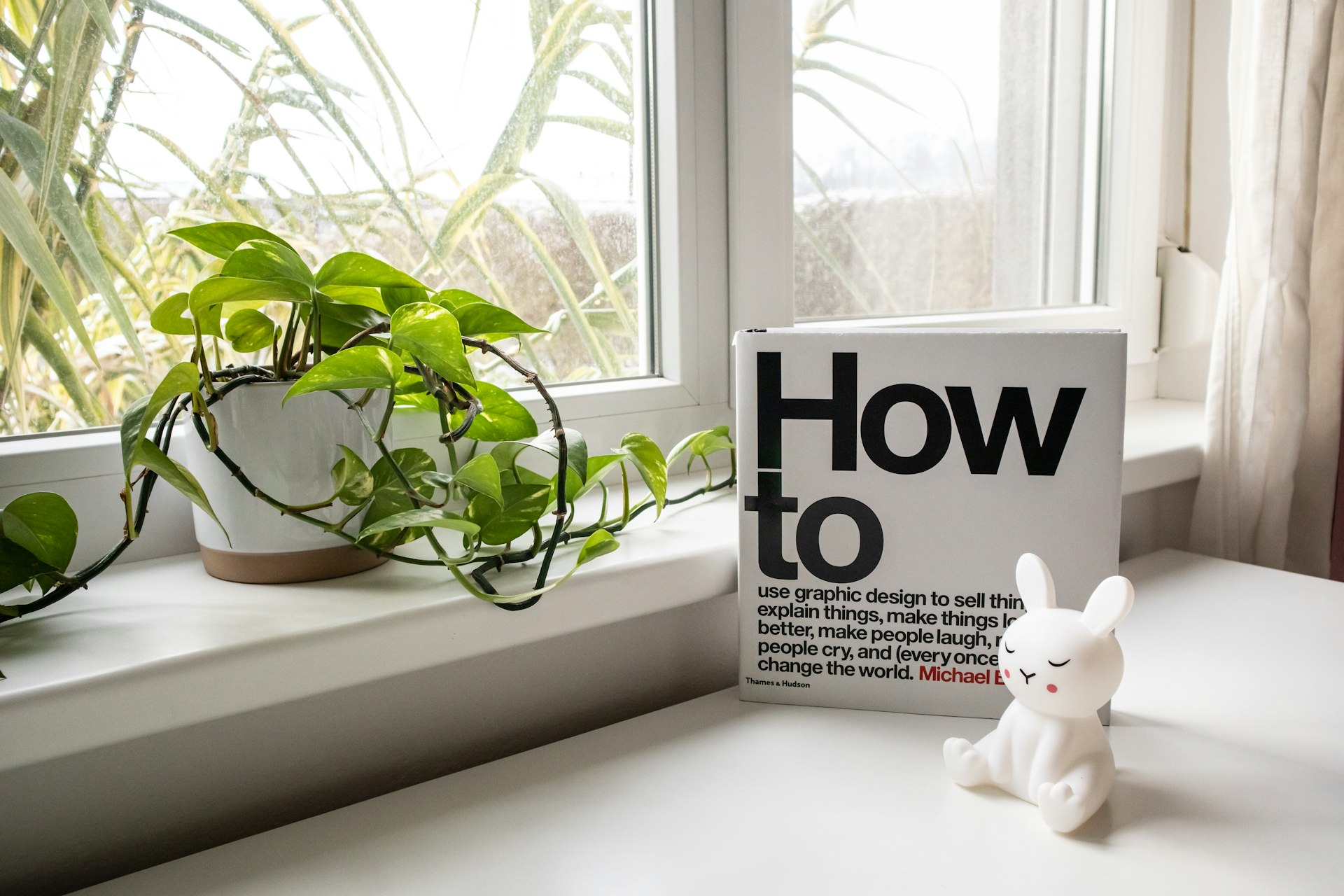How Leading Fashion Brands Are Pioneering Circular Economy Models

Photo by Sean Driscoll on Unsplash
Introduction: The Shift Toward Circularity in Fashion
The fashion industry has long grappled with environmental challenges, from excessive waste to resource depletion. In response, a growing number of fashion brands are embracing circular economy models -strategies designed to keep materials in use for as long as possible, minimize waste, and foster sustainable consumption. These visionary brands are not only redefining business success but also setting new expectations for environmental stewardship in the apparel sector [1] [2] .
What Is a Circular Economy in Fashion?
A circular economy in fashion prioritizes the efficient use, reuse, and recycling of materials, ensuring that garments are designed for durability, repairability, and recyclability. Unlike traditional linear models that follow a make-use-dispose pathway, circular models aim to close the loop by keeping products and materials circulating in the economy and out of landfills [5] . This transformation requires brands to rethink product design, supply chains, and customer engagement strategies.
Leading Brands Embracing Circular Economy Models
Several prominent fashion brands have made significant strides toward circularity by launching innovative programs and redesigning their products for longevity and reuse. Here are some of the most notable examples:
Patagonia: Trailblazer in Sustainability
Patagonia
has established itself as a leader in circular fashion through its
Worn Wear
program. This initiative encourages customers to repair, reuse, and recycle their garments. Customers can trade in used Patagonia clothing for store credit, and the company resells refurbished garments or repurposes them into new products. Patagonia’s commitment is further demonstrated by its use of recycled materials and organic fibers in new collections, as well as its bold move to transfer company ownership to entities focused on environmental causes
[1]
[2]
.
How to Access Patagonia’s Circular Programs: You can participate in the Worn Wear program by visiting Patagonia’s official website and searching for ‘Worn Wear.’ There, you’ll find detailed instructions for trading in used items, purchasing refurbished products, or requesting repairs. Patagonia’s customer service can also assist by phone or email for further guidance.
Outerknown: Circularity Through Community
Outerknown
advances circularity by focusing on sustainable product design and robust resale initiatives. Its
Outerworn
platform allows customers to buy and sell pre-loved Outerknown pieces, which are then repurposed or resold to reduce landfill waste. The brand has set ambitious targets to become fully circular by 2030, with interim goals to showcase scalable circular solutions by 2025
[1]
[3]
.
How to Participate: To engage with the Outerworn program, visit Outerknown’s official site and search for information on buying or selling used garments. The process typically involves registering your items and following the provided resale or trade-in instructions.
RE/DONE: Upcycling and Water Conservation
RE/DONE began by upcycling vintage Levi’s denim and has since expanded to other materials, including leather and even unused tire rubber. The brand has upcycled more than 200,000 pairs of jeans, saving over 1.6 million gallons of water in the process. Over half its sales now come from upcycled or recycled clothing, demonstrating a deep commitment to material reuse [1] .
Getting Involved: Customers interested in purchasing or reselling RE/DONE products can visit the brand’s official website and explore its upcycling collections or resale options. Detailed guidance is available on how to submit items for refurbishment or participate in their programs.

Photo by Nethmi Muthugala on Unsplash
Another Tomorrow: Transparent Resale Initiatives
Another Tomorrow
combines transparency and community engagement with its
Authenticated Resale
program, where consumers can resell and buy pre-owned garments. The company uses materials like recycled cashmere and renewed denim and focuses on educating consumers about the impact of their choices. This approach helps extend product lifecycles and reduces the need for new production
[3]
.
How to Access: Visit Another Tomorrow’s official site and search for the Authenticated Resale section. Instructions are provided for listing garments, purchasing pre-owned items, and learning about sustainable materials.
Global Examples and Alternative Approaches
Other brands, such as Stella McCartney , MUD Jeans , and Eileen Fisher , also lead the way in circular fashion. MUD Jeans, for example, operates a leasing model where customers can rent jeans and return them for recycling, while Eileen Fisher offers a take-back program for used garments. These models demonstrate the diversity of approaches available to brands seeking to close the loop and inspire industry-wide change [5] .
Implementing Circular Economy Models: Step-by-Step Guidance
For brands and consumers looking to participate in or adopt circular economy models, the following steps can serve as a practical roadmap:
- Design for Durability and Recyclability: Brands should prioritize high-quality materials and construction methods that support repair, reuse, and recycling. This shift often involves rethinking product design and collaborating with suppliers to source sustainable inputs.
- Establish Take-Back or Resale Programs: Implementing take-back schemes or resale platforms enables consumers to return used garments, which can then be refurbished, resold, or recycled. Communication and transparency are key to building consumer trust and participation.
- Educate and Engage Consumers: Brands can foster circularity by educating shoppers about the benefits of sustainable fashion and providing incentives such as store credits or discounts for participating in circular programs.
- Leverage Technology and Partnerships: Digital platforms can streamline resale and take-back operations, while partnerships with recycling firms and community organizations can expand the reach of circular initiatives.
- Monitor and Report Progress: Regularly tracking and sharing progress helps brands stay accountable and encourages ongoing improvement. Using third-party certifications, such as Fair Trade or Global Recycled Standard, further enhances credibility.
Challenges and Solutions in Adopting Circular Fashion
Implementing circular models is not without its difficulties. Brands often face challenges related to supply chain complexity, consumer awareness, and the economics of reuse and recycling. Solutions include investing in consumer education, developing scalable logistics for take-back programs, and exploring new business models such as garment leasing or subscription services. Collaboration with industry peers and regulatory bodies can also help address systemic barriers [4] .
How Consumers Can Support and Access Circular Fashion
Consumers play a crucial role in driving demand for circular fashion. To participate:
- Research brands with verified circular programs and choose products designed for longevity.
- Take advantage of official resale and take-back initiatives by searching for these programs on brand websites or contacting customer service for detailed instructions.
- Support local and independent designers who prioritize circularity and transparent sourcing.
- Spread awareness by sharing experiences and encouraging peers to adopt sustainable practices.
In situations where specific program links are unavailable, consumers can directly contact a brand’s customer service representatives (typically found on official websites) or use search terms like “brand name + resale program” or “brand name + take-back initiative” for current opportunities.
Key Takeaways
The movement toward circular economy models in fashion is gaining momentum, driven by consumer demand, regulatory pressure, and a collective commitment to sustainability. Leading brands are demonstrating that circularity is both achievable and commercially viable, offering practical pathways for others to follow. By choosing circular options and supporting transparent brands, consumers and businesses alike can contribute to a more sustainable future for fashion.
References
- [1] POMP (2024). The Best Circular Fashion Brands for 2025.
- [2] Sustainability Magazine (2023). Top 10 Brands Embracing the Circular Economy.
- [3] Consider Beyond (2023). 6 Brands Leading Circular Fashion with Take Back/Resell Programs.
- [4] Dezeen (2022). Six Fashion Brands Pushing Circular Design Beyond Recycling.
- [5] KnowESG (2025). Top 10 Examples of Circular Fashion.



